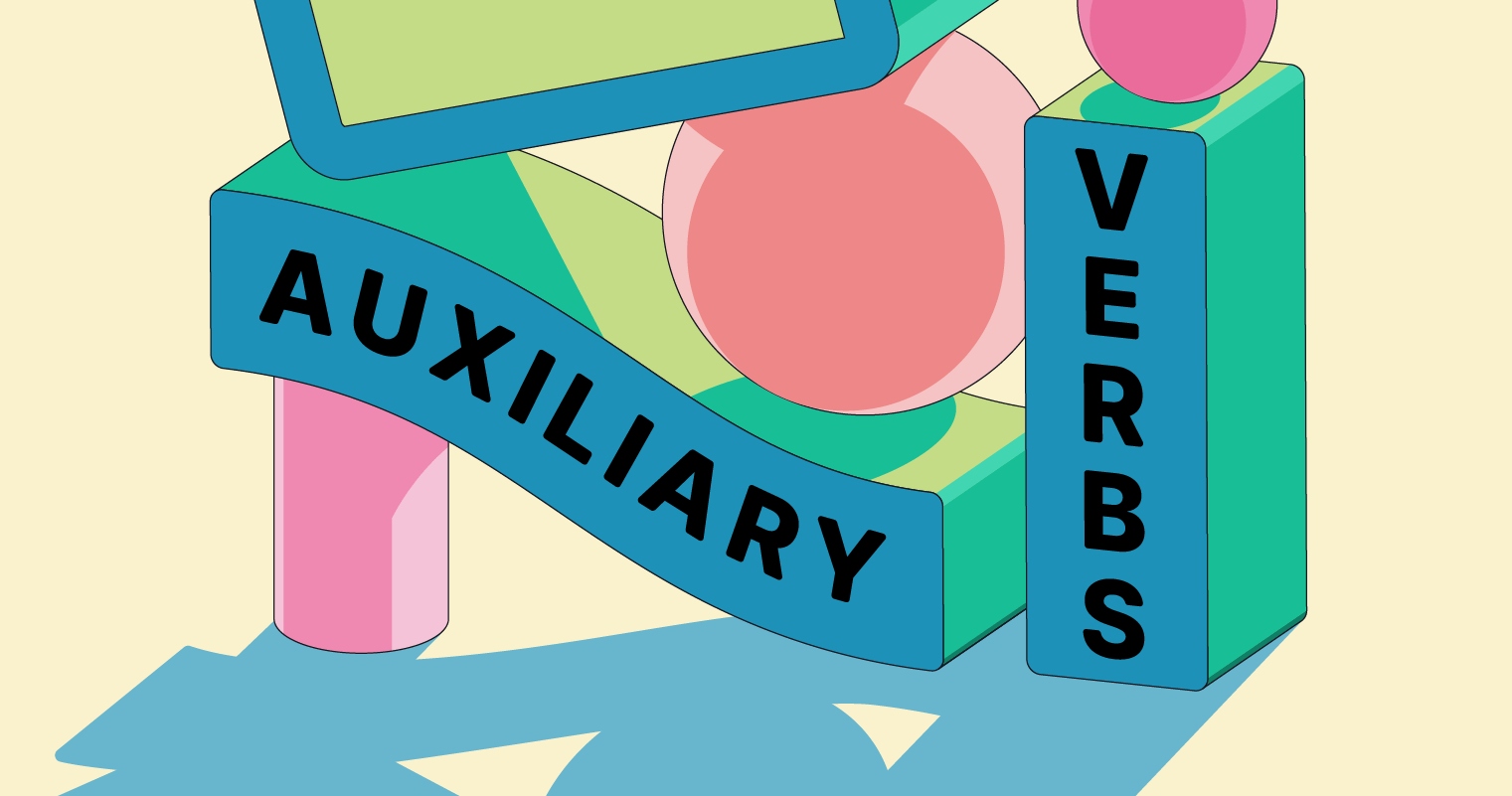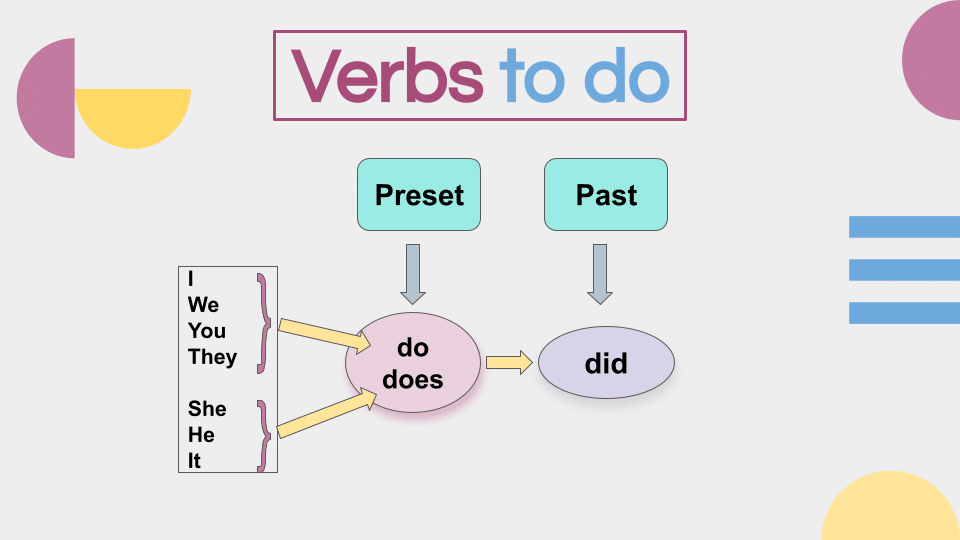
Understanding the proper use of ‘do,’ ‘does,’ and ‘did’ is fundamental to constructing grammatically correct and clear sentences in English. These auxiliary verbs play crucial roles in forming questions, negations, and emphatic statements. Mastering their usage not only enhances writing and speaking skills but also prevents common errors that can lead to miscommunication. This article provides a comprehensive guide to these essential verbs, exploring their definitions, structural rules, variations, and practical applications.
This guide is beneficial for English language learners of all levels, from beginners to advanced speakers, as well as educators seeking a structured resource for teaching these concepts. This article will guide you through the intricate uses of ‘do,’ ‘does,’ and ‘did,’ ensuring you grasp their functions and applications with confidence. We’ll explore their roles in forming questions, negations, and emphatic statements, providing numerous examples and practice exercises to solidify your understanding.

1. **Fundamental Definitions: ‘Do,’ ‘Does,’ and ‘Did’ as Auxiliary and Main Verbs**At their core, ‘do,’ ‘does,’ and ‘did’ serve as auxiliary verbs, also known as helping verbs, in the English language. Their primary function is to support a main verb in a sentence, thereby indicating tense, facilitating negation, or adding emphasis. Unlike main verbs, they do not inherently carry a specific action meaning, but rather provide crucial grammatical scaffolding for sentence construction.
As auxiliary verbs, ‘do’ and ‘does’ are specifically utilized in the present simple tense. Their roles include constructing questions, formulating negative statements, and injecting emphasis into declarations. For instance, in the question “Do you like pizza?” or the negative statement “He does not like rain,” these verbs perform their helping function, enabling the correct grammatical structure.
Conversely, ‘do’ and ‘does’ can also act as main verbs, where they convey the meaning of ‘perform,’ ‘carry out,’ or ‘complete an action.’ When used in this capacity, they independently express an action rather than supporting another verb. For example, in sentences like “I do my homework every evening” or “She does the dishes after dinner,” these verbs signify the completion of a task, standing alone as the principal action.

2. **Present Simple Foundations: The Roles of ‘Do’ and ‘Does’**In the present simple tense, the distinction between ‘do’ and ‘does’ is governed by subject-verb agreement, a foundational rule in English grammar. The form ‘do’ is correctly paired with first-person singular (I), second-person singular and plural (you), and third-person plural subjects (we, they, plural nouns). This ensures consistency and clarity in everyday communication.
For example, one would say “I do yoga every morning,” “You do your best,” “We do our shopping on Sundays,” or “They do yoga together.” When used as a main verb, the same agreement rules apply, such as “We do weekly team meetings” or “The police do investigate.” Understanding this pairing is crucial for accurate sentence formation in the present tense.
On the other hand, the form ‘does’ is exclusively reserved for third-person singular subjects. This includes the pronouns ‘he,’ ‘she,’ and ‘it,’ as well as singular nouns like ‘the teacher,’ ‘the team’ (in American English usage), or a specific name. This specific conjugation pattern is a key indicator of the singular third-person subject in the present simple tense.
Illustrative examples include “He does yoga every morning,” “She does the dishes after dinner,” “It does work,” or “The teacher does a great job.” In these instances, ‘does’ appropriately aligns with the singular nature of the subject, maintaining grammatical correctness whether functioning as an auxiliary or a main verb in the affirmative, negative, or interrogative context.

3. **Universal Past: The Power of ‘Did’ Across All Subjects**Transitioning from the present, the past simple tense simplifies the auxiliary verb choice significantly, thanks to the verb ‘did.’ This form of ‘do’ is uniquely versatile, as it is utilized for all subjects without exception: I, you, he, she, it, we, and they. This uniformity eliminates the subject-verb agreement considerations that are necessary for ‘do’ and ‘does’ in the present simple.
‘Did’ becomes the standard auxiliary for forming questions and negative statements in the past. Its consistent application across all persons and numbers makes past tense constructions more straightforward for English speakers. For example, whether the subject is singular or plural, first-person or third-person, ‘did’ remains the appropriate auxiliary verb to employ.
Consider the questions “Did he call you yesterday?” or “Did they go to the park?” Similarly, for negative statements, one would say “He did not (didn’t) call me yesterday” or “We did not (didn’t) finish the report.” This singular form for the past tense simplifies sentence construction and reinforces its universal applicability for expressing past actions or states.

4. **Forming Questions: Interrogative Structures with Auxiliaries**One of the primary functions of ‘do,’ ‘does,’ and ‘did’ is to construct interrogative sentences, or questions, in the simple present and simple past tenses. These auxiliary verbs serve to initiate the question, preceding the subject, and are invariably followed by the base form of the main verb. This structure is fundamental for eliciting information in English.
The basic structural framework for forming questions is consistently applied: Do/Does + Subject + Main Verb (base form)? for the present simple, and Did + Subject + Main Verb (base form)? for the past simple. The choice among the auxiliaries is contingent solely upon the tense and the subject of the sentence, ensuring grammatical accuracy in inquiry.
To illustrate, consider inquiries such as “Do you speak Spanish?” (present simple, second-person singular), “Does she work here?” (present simple, third-person singular), or “Did they live in London?” (past simple, all subjects). These examples demonstrate how the auxiliary verb correctly introduces the question, maintaining the main verb in its unaltered base form, which is a crucial aspect of this grammatical construct.

5. **Crafting Negatives: Expressing Absence and Disagreement**Beyond forming questions, ‘do,’ ‘does,’ and ‘did’ are indispensable for constructing negative sentences in English. They are paired directly with the negative particle ‘not,’ which can be effectively contracted to ‘don’t,’ ‘doesn’t,’ and ‘didn’t’ for more fluid and informal communication. This forms a clear and concise way to express absence, denial, or disagreement.
The grammatical structure for negative sentences involves placing the auxiliary verb followed by ‘not’ between the subject and the base form of the main verb. This sequence ensures that the negation is correctly applied to the action or state described by the main verb, making the sentence grammatically sound and clear in its denial.
For instance, one might state, “I do not (don’t) like spicy food” to express a preference, or “He does not (doesn’t) speak French” to indicate a lack of ability. In the past tense, “We did not (didn’t) finish the project” clearly communicates an incomplete task. It is crucial to remember that after ‘doesn’t’ or ‘didn’t,’ the main verb must always revert to its base form, without any ‘-s’ ending or past tense conjugation.

6. **Emphatic Statements: Adding Weight and Clarity**Beyond their roles in questions and negatives, ‘do,’ ‘does,’ and ‘did’ possess the powerful ability to infuse emphasis into an affirmative statement. When employed in this manner, these auxiliary verbs are positioned directly before the main verb, serving to underscore the truth, certainty, or importance of the action being described. This usage often carries a tone of conviction or insistence.
This emphatic function is frequently deployed to contradict a prior assumption or statement, or to express a strong feeling such as surprise or affirmation. By adding ‘do,’ ‘does,’ or ‘did’ in an affirmative sentence where it isn’t strictly necessary for grammatical correctness, the speaker or writer purposefully highlights the veracity of their message, making the statement more impactful.
Consider the distinction between “I want to go to the party” and the emphatic “I do want to go to the party!” The latter conveys a stronger desire or perhaps a rebuttal to a suggestion of disinterest. Other examples include “She does understand the instructions” (countering a belief that she might not) or “They did complete the assignment” (emphasizing the accomplishment, perhaps against expectations). When spoken, this auxiliary verb is typically stressed to highlight its emphatic nature.



